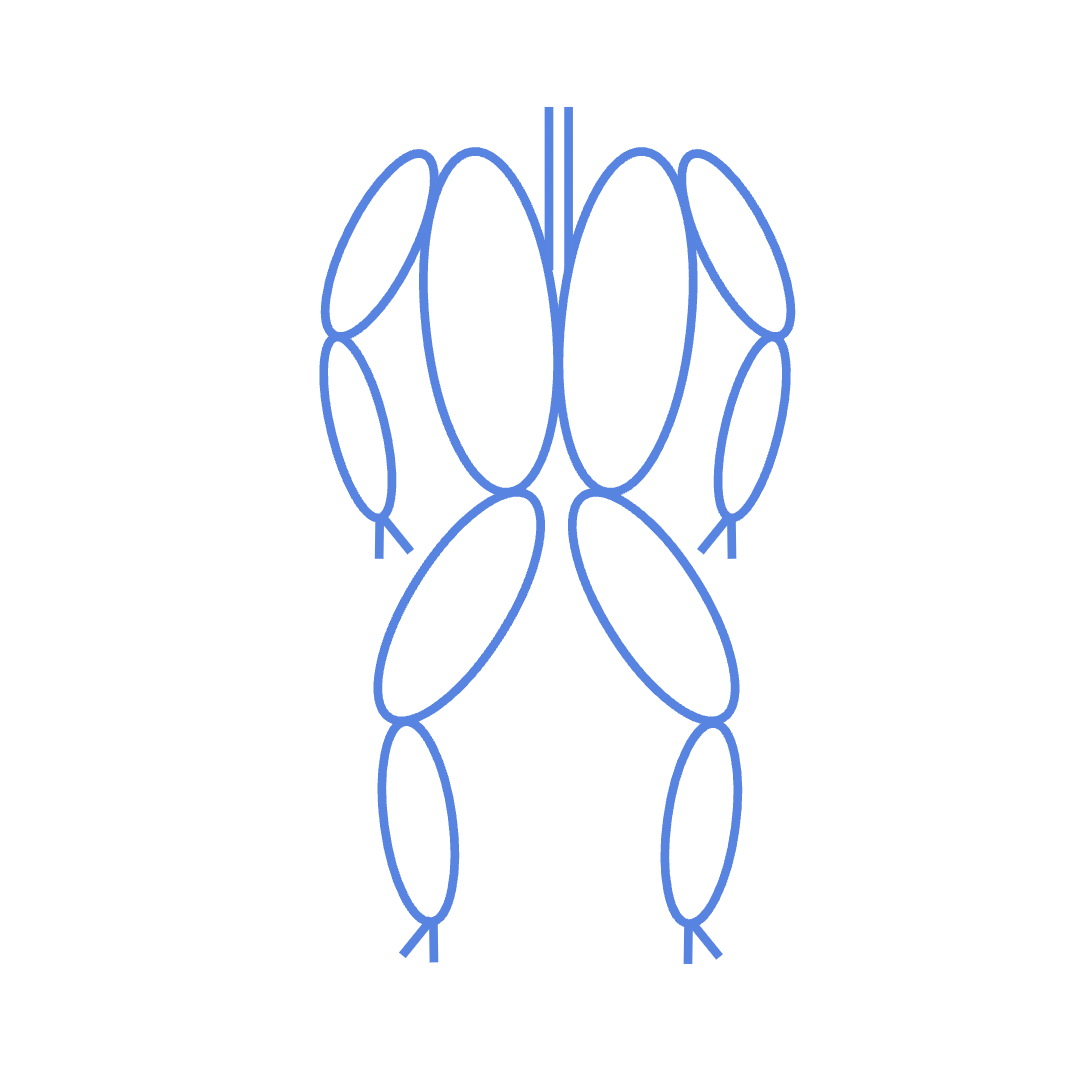The Nine Senses: Rethinking How We Feel the World
Most of us grew up learning about the five senses — sight, sound, touch, taste, and smell. Maybe later someone mentioned a “sixth sense,” like intuition. But that idea leaves out an entire universe of perception that lives inside the body.
If you’ve ever felt your heart racing before a big event, noticed your body heat up during stress, or caught yourself adjusting your posture without thinking — you were sensing your inner world. These are the hidden senses, the ones that don’t show up on flashcards but shape how we move, feel, and live every second.
Performance coach Kadour Ziani talks about “nine senses” — not to replace the classic five, but to expand how we think about awareness. Four of them live beneath the surface: nociception, thermoception, proprioception, and interoception.
Nociception — The Sense of Danger
Nociception is your body’s built-in alarm system. It’s not pain itself — it’s the detection of potential harm. It tells you when something might hurt before it does. If you touch a hot stove or twist your ankle, nociception is what triggers that instinctive pull-away reaction.
In movement, this sense keeps you safe. It helps you adjust mid-stride or stop short before overextending. When it’s working well, you move confidently because your body trusts its boundaries.Thermoception — The Sense of Temperature
Thermoception is your ability to feel heat and cold. It’s more than comfort — it’s regulation. When you shiver, sweat, or naturally shift positions in response to temperature, you’re balancing your body’s energy.
Most of us take this for granted, but temperature awareness shapes how muscles, joints, and even fascia behave. Warm tissues glide and stretch. Cold tissues tighten to protect. Movement feels different in every climate — and your nervous system is constantly adapting to that feedback.Proprioception — The Sense of Position
Proprioception is your inner GPS. It tells you where your limbs are without needing to look. If you close your eyes and touch your nose, you’re using proprioception.
For athletes, dancers, or anyone recovering from injury, this is everything. When proprioception fades, movement becomes hesitant and clumsy. When it sharpens, coordination returns — not through strength, but through awareness.
This is the sense that lets you feel your foot pressure, your joint angles, your body in space. It’s how you know yourself through motion.Interoception — The Sense of Aliveness
Interoception is the quiet one — the sense of what’s happening inside your body. Your heartbeat, breath rhythm, hunger, fullness, calm, anxiety — all of it comes from interoceptive signals.
It’s the most human of all the senses because it connects emotion and physiology. When you “feel off,” when your gut says yes or no, that’s not imagination — it’s interoception. It’s how your body speaks in sensations instead of words.
These hidden senses fit perfectly into what I’ve been building with Project KQ.
KQ stands for Kinesthetic Intelligence — the quiet knowledge our body carries about how we move, balance, and connect. It’s not just about posture or strength. It’s about learning to listen to the subtle information your body gives you every second — the pressure under your feet, the temperature of your skin, the rhythm of your breath, the feeling of being alive inside your own structure.
That’s what KQ is built around: awareness that grows from the inside out. These extra four senses — nociception, thermoception, proprioception, and interoception — are the foundation of that intelligence. They’re what bridge the gap between movement and mind. You can’t fake them. You can’t think your way into them. You have to feel your way there.
It’s also why I connect with Kadour Ziani’s perspective. He’s not just a teacher passing down information — he’s a lifelong explorer. He looks at the body with the same curiosity I do: asking questions, experimenting, searching for what’s hidden beneath what most people overlook. Keeping an open mind — this is hard to find in this industry these days. I respect Kadour. He moves and teaches from experience, from trial, from listening to his own body first.
In many ways, KQ and Ziani’s approach come from the same place — a belief that our potential isn’t in adding more strength or complexity, but in rediscovering the simple, intelligent design that’s already inside us. When you learn to sense more deeply, you don’t just move better — you understand yourself better.
